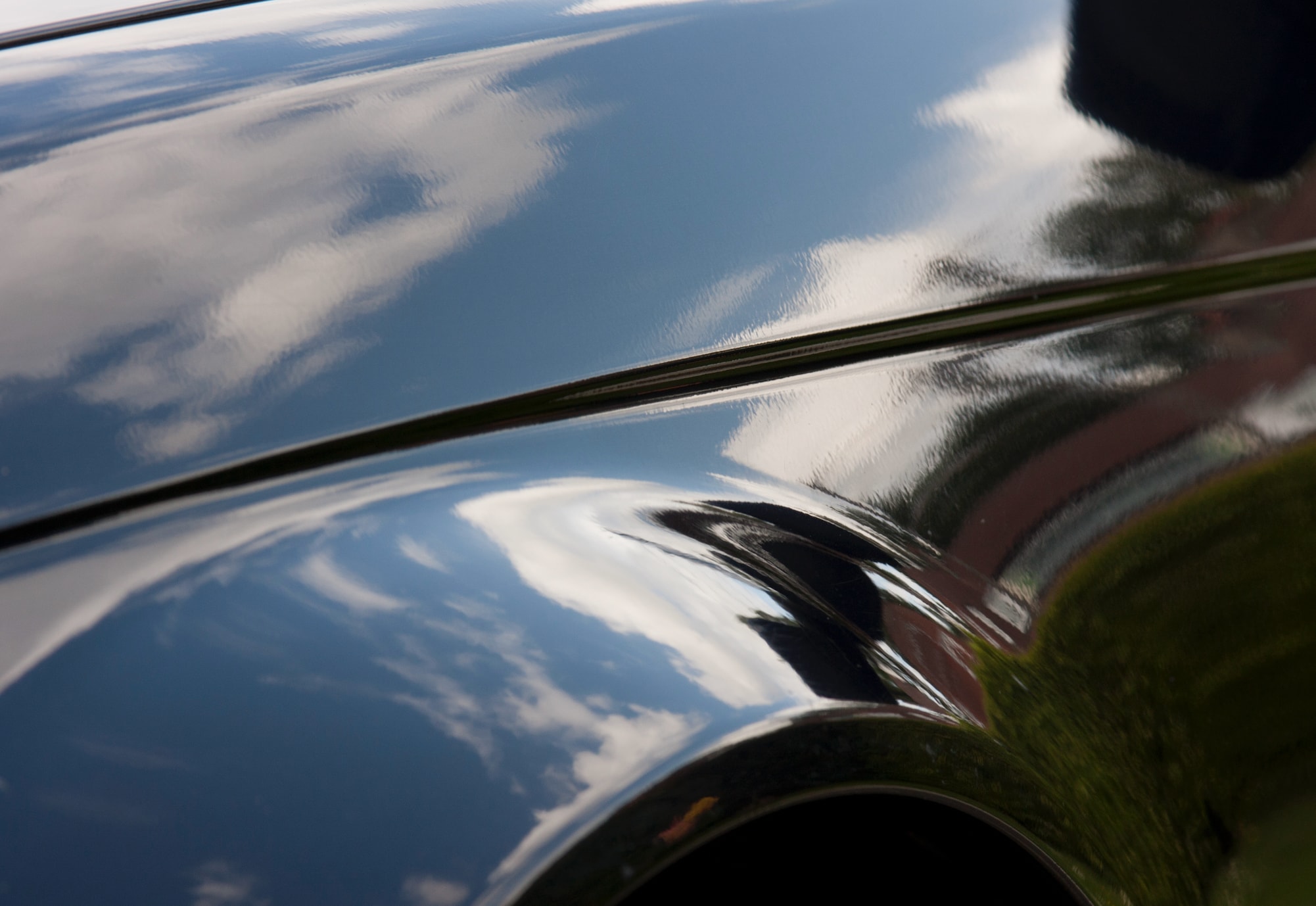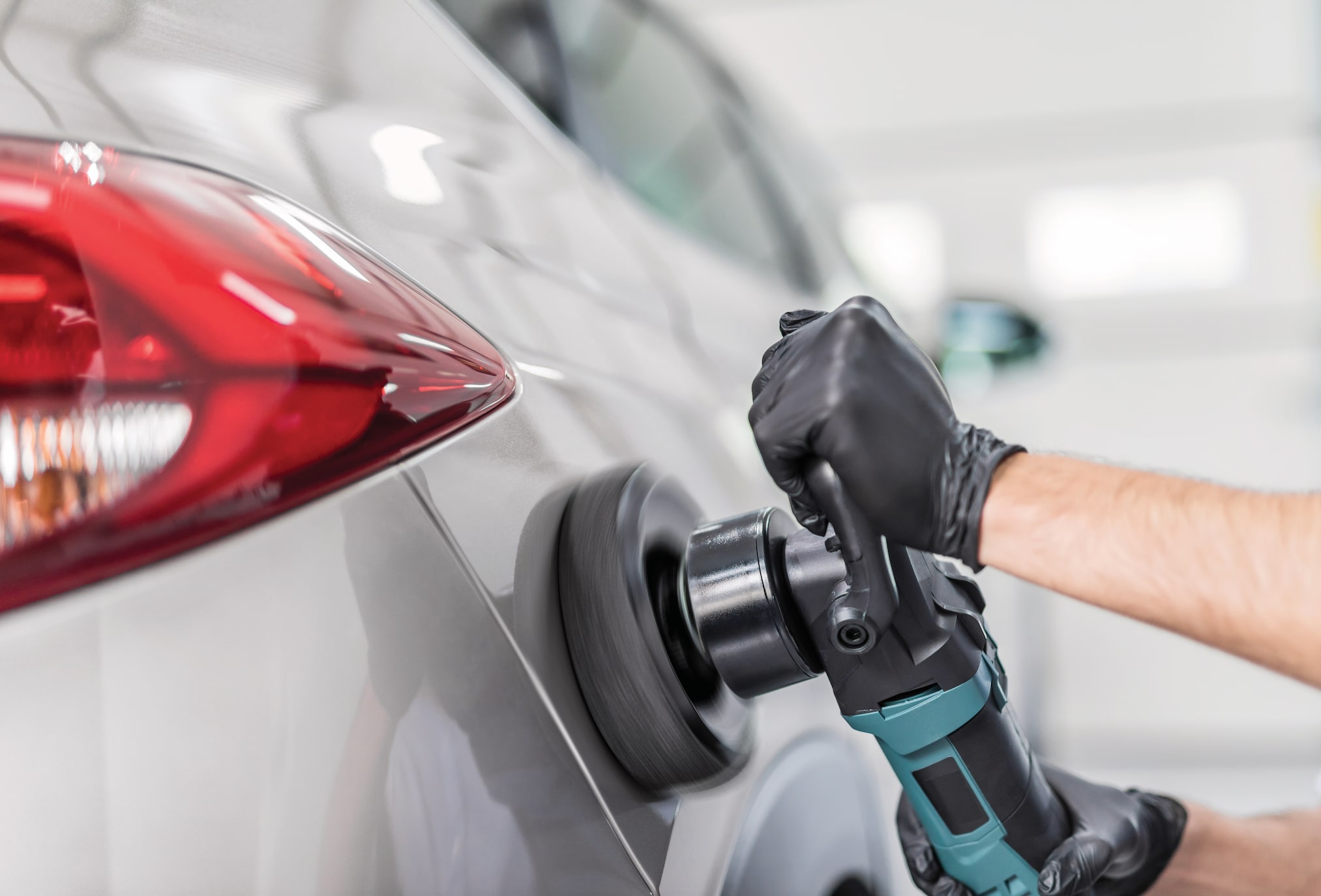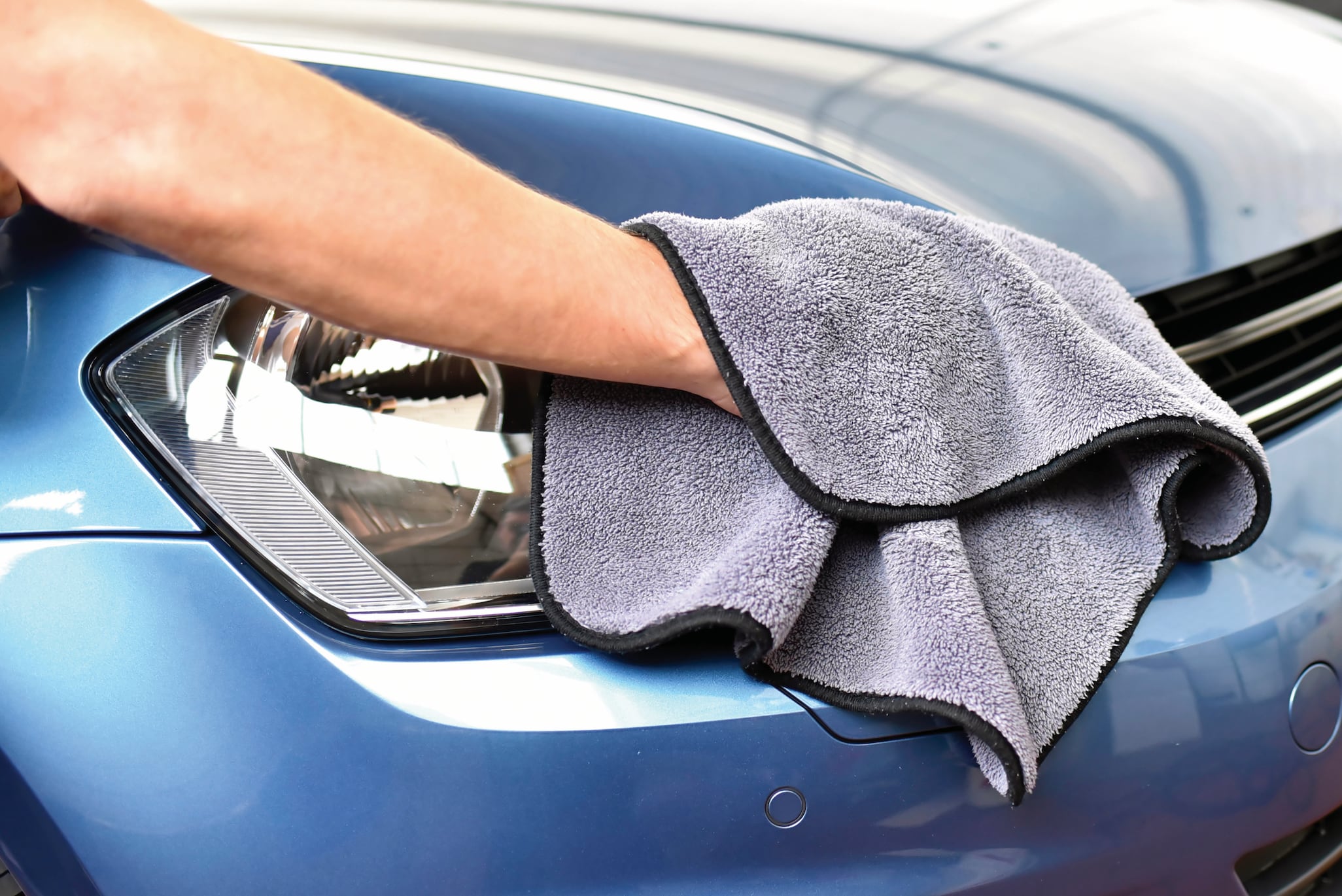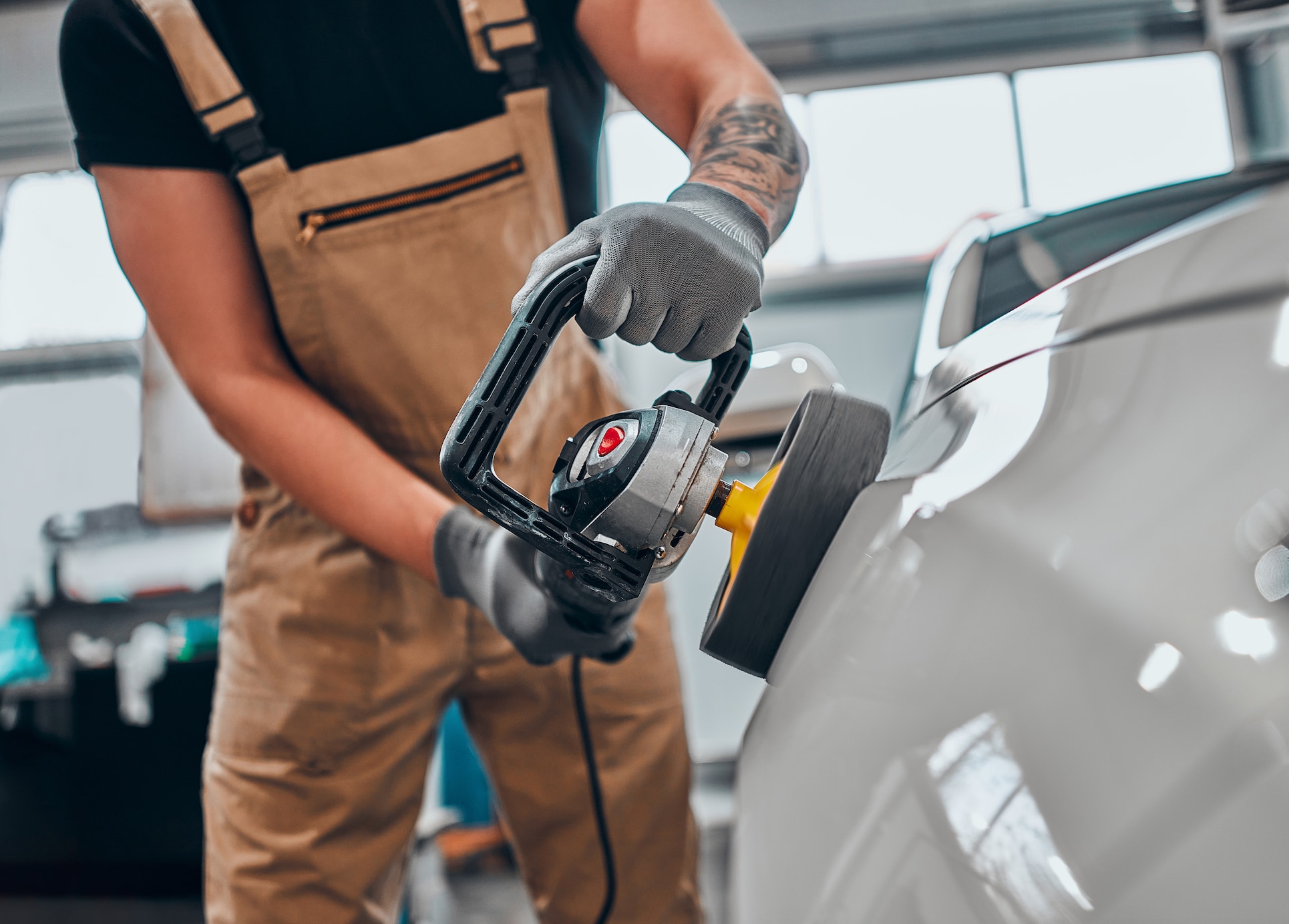Before we reveal how you can indeed polish your car like a pro, we offer this disclaimer:
High speed polishing machines must be used with great care and must be kept moving over a surface. Holding them spinning in one place will heat up and melt your car's clearcoat and that will cause you headaches and you may have to have the car repainted. We advise you to use any polishing products with great care. Read the instructions on cleaners, waxes, polishes, clay bar, and ceramic coating products thoroughly before use. The same is true for electric orbit polishing machines and all abrasive pads that come in contact with the surface of your vehicle.






